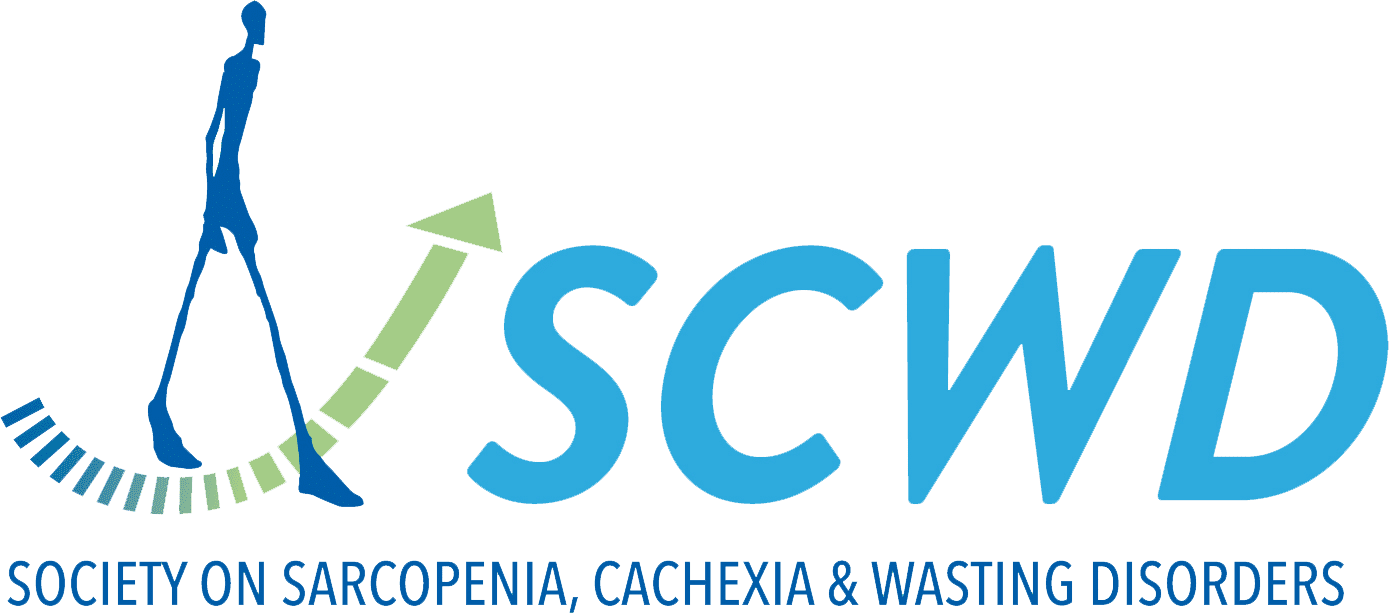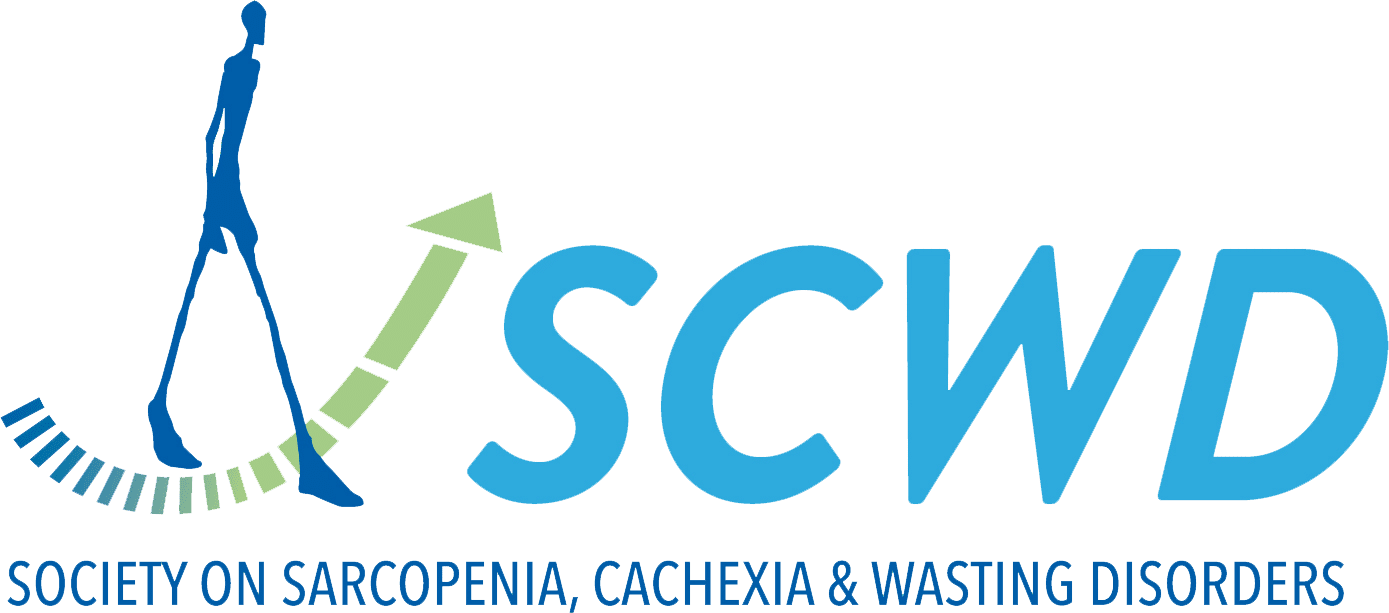Zinc Alleviates Diabetic Muscle Atrophy via Modulation of the SIRT1/FoxO1 Autophagy Pathway Through GPR39.
Muscle atrophy is a severe complication of diabetes, with autophagy playing a critical role in its progression. Zinc has been shown to alleviate hyperglycaemia and several diabetes-related complications, but its direct role in mediating diabetic muscle atrophy remains unclear.
This study explores the potential role of zinc in the pathogenesis of diabetic muscle atrophy. In vivo, C57BL/6J mice were induced with diabetes by streptozotocin (STZ) and treated with ZnSO₄ (25 mg/kg/day) for six weeks.
Gastrocnemius muscles were collected for histological analysis, including transmission electron microscopy (TEM). Serum zinc levels were measured by ICP-MS.
Protein expression was evaluated using immunofluorescence (IF), immunohistochemistry (IHC) and Western blotting (WB). Bioinformatics analysis was used to identify key genes associated with muscle atrophy.
In vitro, a high-glucose-induced diabetic C2C12 cell model was established and received ZnSO₄, rapamycin, SRT1720, TC-G-1008, or GPR39-CRISPR Cas9 intervention. Autophagy was observed by TEM, and protein expression was assessed by IF and WB.
Intracellular zinc concentrations were measured using fluorescence resonance energy transfer (FRET). In vivo, muscle atrophy, autophagy activation, and upregulation of SIRT1 and FoxO1, along with downregulation of GPR39, were confirmed in the T1D group.
ZnSO₄ protected against muscle atrophy and inhibited autophagy (T1D + ZnSO₄ vs. T1D, all p < 0.0001), as evidenced by increased grip strength (212.40 ± 11.08 vs. 163.90 ± 10.95 gf), gastrocnemius muscle index (10.67 ± 0.44 vs. 8.80 ± 0.72 mg/g), muscle fibre cross-sectional area (978.20 ± 144.00 vs. 580.20 ± 103.30 μm), and serum zinc levels (0.2335 ± 0.0227 vs. 0.1561 ± 0.0123 mg/L).
ZnSO₄ down-regulated the expression of Atrogin-1 and MuRF1, and decreased the formation of autophagosomes in the gastrocnemius muscle of T1D mice (all p < 0.0001). RNA-seq analysis indicated activation of the SIRT1/FoxO1 signalling pathway in diabetic mice.
ZnSO₄ down-regulated LC3B, SIRT1 and FoxO1, while upregulating P62 and GPR39 (all p < 0.05). In vitro, muscle atrophy, autophagy activation, and down-regulation of GPR39 were confirmed in the diabetic cell model (all p < 0.05).
Both ZnSO₄ and TC-G-1008 down-regulated Atrogin-1, LC3B, SIRT1, and FoxO1, and up-regulated P62 and GPR39, inhibiting autophagy and improving muscle atrophy (all p < 0.05). The beneficial anti-atrophic effects of ZnSO₄ are diminished following treatment with SRT1720 or RAPA.
Upon GPR39 knockout, SIRT1, FoxO1, and Atrogin-1 were upregulated, while P62 was downregulated. Intracellular zinc concentrations in ZnSO₄-treated group remained unchanged (p > 0.05), indicating that zinc supplementation did not affect zinc ion entry but acted through the cell surface receptor GPR39.
ZnSO inhibits excessive autophagy in skeletal muscle and alleviates muscle atrophy in diabetic mice via the GPR39-SIRT1/FoxO1 axis. These findings suggest that zinc supplementation may offer a potential therapeutic strategy for managing diabetic muscle atrophy.


